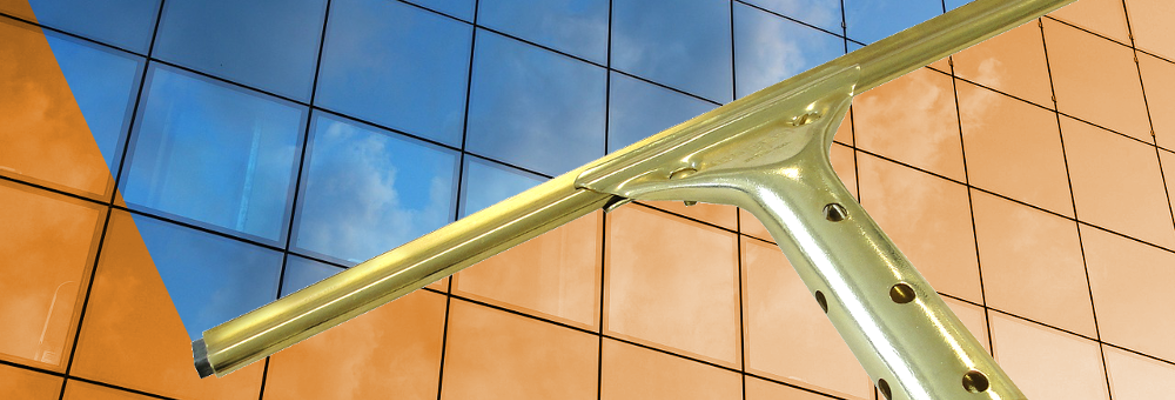Cleaning windows with tap water and a hose just doesn’t work. Why not? Because tap water has minerals in it, and those minerals leave a film and streaking behind on windows.
Think in terms of the difference between the regular rinse at the car wash, and the final “spot-free” rinse at the end. Without the spot-free rinse, the water dries into small water spots on your car. But the car wash filters the water for the final spot-free rinse to eliminate those spots.
Minerals present in tap water make up the water’s TDS, or Total Dissolved Solids.
Different areas have a different TDS levels, and this is because they have different concentrations of minerals in the ground, where rain water drains into storage reservoirs.
A TDS meter can test your water’s mineral concentrations.
(Curious about the TDS levels of your water, or a client’s water? Check out this online map for a quick reference!)
Any amount of minerals in your water will leave a film on windows. Spring water and mineral water from a bottle also have them in varying quantities.
Only Pure Water (or distilled water) has all of the minerals removed, and will give a TDS reading of 000 Parts Per Million (PPM). Therefore, it leaves no residue. In fact, Pure Water, in its attempt to return to its “natural” state (“dirty,” or full of minerals), will even absorb dirt and particles from the glass surface, leaving windows perfectly clean!
Pure Water systems create Pure Water from tap water through a process of filtering out the minerals dissolved in the water.
There are a few methods of removing minerals from the water that are combined in Pure Water systems – carbon/sediment pre-filters, reverse osmosis filters, and de-ionized resin filters. The level of TDS in the water would determine how complicated a system would be needed to filter it into Pure Water (a TDS reading of 000 PPM).
Want more information on Pure Water systems? Want to know the right Pure Water system for your company? Comment below or email us from the About Page!



